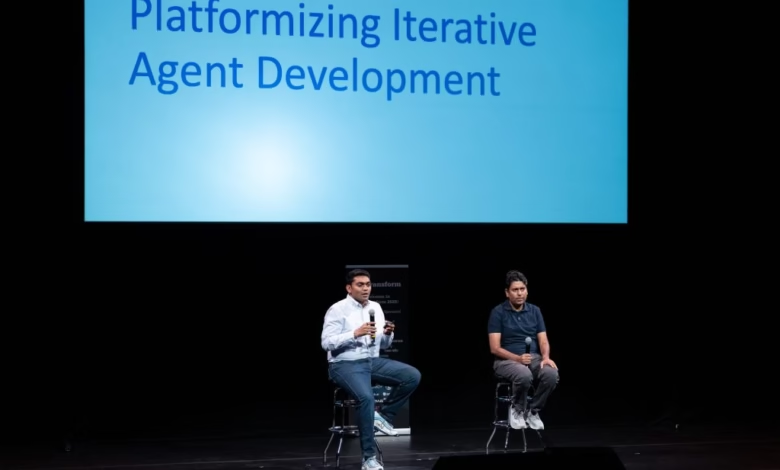LinkedIn’s AI Success: Lessons for Enterprise Leaders

▼ Summary
– VB Transform is a long-trusted event for enterprise leaders to discuss AI strategy, with LinkedIn showcasing its live AI hiring assistant.
– LinkedIn’s AI hiring assistant uses a multi-agent system, where a supervisor agent coordinates specialized agents to source and recruit candidates via natural language.
– The AI system emphasizes human control, personalization, and continuous learning from user interactions to improve efficiency and candidate matching.
– LinkedIn trains its multi-agent system with fine-tuned models, reinforcement learning, and experiential memory to enhance reliability and adaptability.
– The company focuses on latency, standardization, and factors like reliability, trust, and cost when developing and deploying AI agents for recruiters.
Enterprise leaders looking to harness AI’s potential can learn valuable lessons from LinkedIn’s successful implementation of its AI-powered hiring assistant. Unlike theoretical concepts or prototype demonstrations, LinkedIn’s solution is already operational, transforming how recruiters source and engage talent. The platform’s natural language interface eliminates keyword dependency, allowing recruiters to interact conversationally while the system handles time-consuming tasks.
At the core of LinkedIn’s approach is a multi-agent architecture, where specialized AI components collaborate under the supervision of a central orchestrator. Each agent excels in a specific function, whether parsing recruiter requirements, scanning candidate pools, or refining search criteria. The supervisor agent acts as the bridge between human input and machine execution, ensuring seamless communication and iterative improvements based on real-time feedback.
What sets LinkedIn’s system apart is its emphasis on adaptability and personalization. The AI retains experiential memory, learning from each interaction to refine future recommendations. Reinforcement learning further enhances performance, allowing the system to evolve alongside user preferences. Engineers fine-tune domain-specific models to balance speed and accuracy, ensuring responses remain both relevant and instantaneous.
Behind the scenes, LinkedIn prioritizes scalability and efficiency during development. Rigorous testing evaluates query throughput, GPU utilization, and risk mitigation before deployment. The modular design enables engineers to mix and match components like building blocks, accelerating innovation without reinventing infrastructure. Techniques like quantization and distillation optimize models for real-world constraints, keeping costs manageable while maintaining reliability.
For recruiters, the benefits are tangible, less time spent on manual searches means more bandwidth for meaningful candidate engagement. As AI continues reshaping enterprise workflows, LinkedIn’s model proves that practical, user-centric solutions deliver measurable ROI. The key lies in balancing advanced technology with human oversight, ensuring AI amplifies productivity without compromising control or trust.
By focusing on iterative enhancements and standardized development frameworks, LinkedIn demonstrates how enterprises can deploy AI agents that aren’t just intelligent, but indispensable. The result? A recruitment process that’s faster, smarter, and relentlessly focused on delivering the right talent, exactly when hiring teams need it most.
(Source: VentureBeat)



